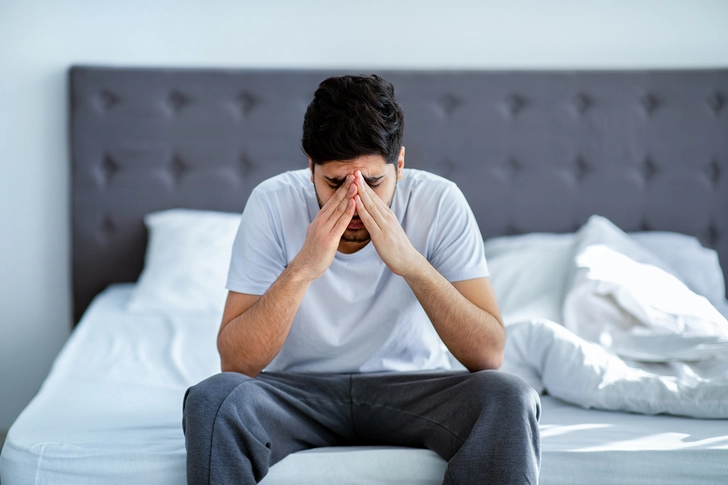- Overview
- Symptoms
- Causes & Risks
- Diagnosis
- Types
- Major Depressive Disorder
- Treatment
- Antidepressants
- Treatment-Resistant Depression (TRD)
- Living With
- Recovery & Relapse
- Complications
- Caregiving & Support
- Appointment Prep
- View Full Guide
Introduction to Major Depression


Introduction to Major Depression
Major depression, also known as clinical depression, goes beyond regular sadness. It's a persistent feeling of hopelessness that affects your daily life. Symptoms need to be present most of the day, nearly every day, for at least 2 weeks to be diagnosed.

Common Symptoms
Major depression can show itself in various ways. You might feel constantly tired, worthless, or guilty. You may have trouble concentrating, experience changes in sleep patterns, and lose interest in activities you once enjoyed. Some even have thoughts of death or suicide.

Prevalence and Risk Factors
About 8.3% of U.S. adults experience major depression. It's common across all age groups, including children and older adults. Women are nearly twice as likely as men to be diagnosed, possibly due to hormonal changes and additional stressors.

Triggers and Causes
Several factors can trigger major depression. These include losing a loved one, social isolation, major life changes like a job loss, and personal conflicts. Experiences of physical, emotional, or sexual abuse can also be significant triggers.

Diagnosis Process
Diagnosing major depression involves a comprehensive medical evaluation. This includes screening and exploring personal and family psychiatric history. While there are no specific lab tests for depression, doctors may run tests to rule out other conditions.

Treatment Options
Treatment often involves medications like selective serotonin reuptake inhibitors and tricyclic antidepressants, and psychotherapy or talk therapy. For treatment-resistant cases, advanced options like electroconvulsive therapy (ECT), ketamine, and transcranial magnetic stimulation (TMS) may be considered.

Prevention and Management
If you've had major depression before, you're at higher risk for future episodes. Being aware of your triggers and symptoms is crucial. Sticking to your medication regimen and seeking early intervention can make a significant difference in managing this condition.
PHOTO CREDITS:
Slide 1: SUPAWADEE3625/Shutterstock
Slide 2: Prostock-studio/Shutterstock
Slide 3: fizkes/Shutterstock
Slide 4: Prostock-studio/Shutterstock
Slide 5: Ground Picture/Shutterstock
Slide 6: Natee Meepian/Shutterstock
Slide 7: fizkes/Shutterstock
SOURCES:
National Institute of Mental Health: "What Is Depression?" and "What Are the Different Forms of Depression?"
American Psychiatric Association. Diagnostic and Statistical Manual of Mental Disorders: DSM-5, American Psychiatric Pub.
Fieve, R. Bipolar II, Rodale Books, 2006.
The Journal of the American Medical Association. “Recommendations for Screening Depression in Adults,” Vol. 315, No. 4, January 26, 2016.
Substance Abuse and Mental Health Services Administration: "2021 National Survey on Drug Use and Health (NSDUH) Releases"